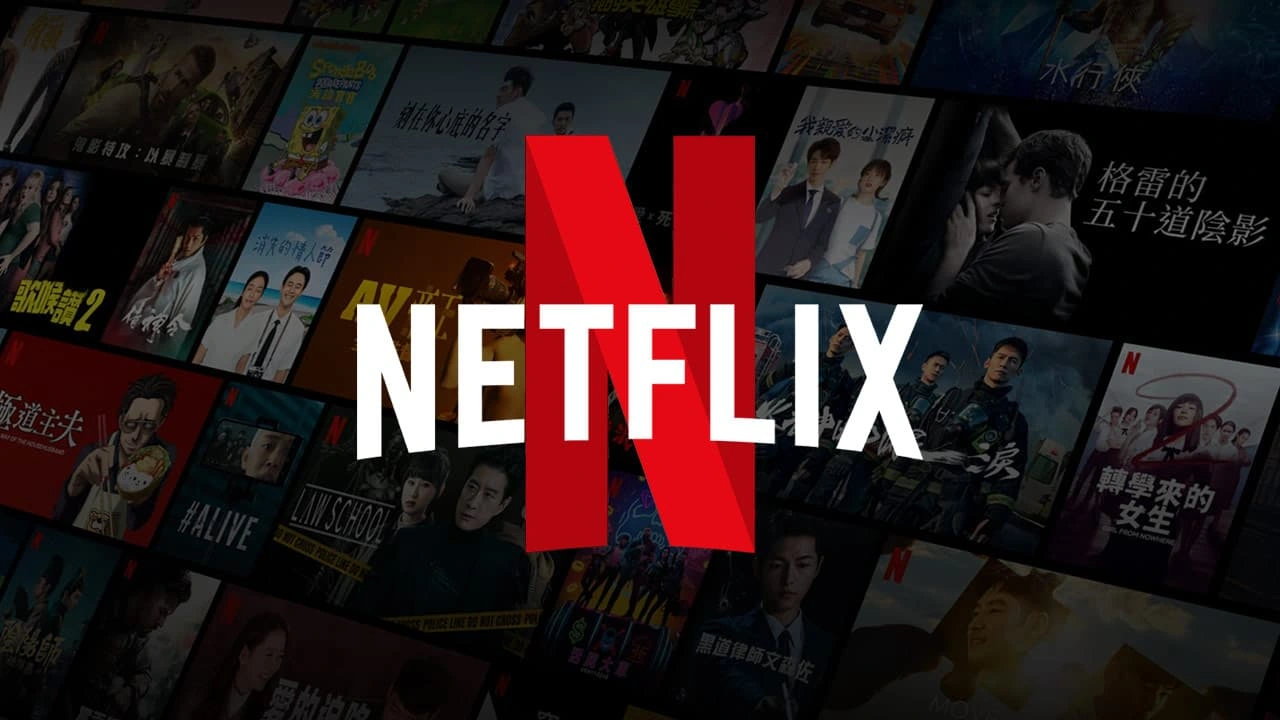Case Study Analysis: Netflix

What kind of information is gathered by Netflix to create movie/show recommendations?
The Netflix algorithm makes suggestions for the clients with customized taste. In the old days when Netflix used to mail DVDs to consumers, they relied on input and feedback from readers in order to build their potential strategy. Streaming providers like Netflix now use all action on the account of the user to recommend for them what to watch next. This algorithm looks at how much time you spent on a show or movie and how much time one is actively browsing. It looks at whether you're actively watching or still surfing. They use your present position and the time of day you signed in. For example, Netflix tracks user interaction based on their scrolling behavior and time duration in their account. The algorithm also takes into account your browsing history and algorithmically searches for any themes when suggesting a TV show or movie to you. Netflix data shows that watching TV on a weeknight is different from watching TV on a weekend evening, or watching TV with a laptop rather than a TV and with headphones rather than speakers. All of these can be different based on days of the week, timings of the day, and locations that can help create a specific preference or mood for an individual.
2. How does Netflix identify movie genres and similar characteristics?
In the article by Vanderbilt, Netflix is shown to be investing a lot of money on recruiting 40 freelance people to tag TV shows and movies they upload on Netflix. Some of the people involved with this development are familiar with the television world, while others are known for being TV or film buff. Netflix engineers train them to be as impartial as possible and as analysts that they don't force a personal taste but rather base their analysis on user preference trends. Netflix found that 75% of their site's audience were powered by the users' suggestions where trained analysts score films and television shows on the basis of whether they are sexually explicit, how gory they are, and how well they strive to capture the overall storyline for viewers. While the features on Netflix are useful, the best aspect is the rows of material reviews. It says, “The more at the top of the page, in relevance to a match, the more likely it is to generate a play.”
3. Do a Google search to find some of the algorithms used for recommendation systems. List their name along with a short description of how they work.
Collaborative filtering (CF) and its modifications is one of the most commonly used recommendation algorithms. There are two basic approaches of this recommendation algorithms, user-based collaborative filtering and item-based collaborative filtering. User-based collaborative filtering is a system that finds other people with similar interests, analyzes their behavior, and then offers other users the same items. On the other hand, item-based collaborative filtering is a system that looks at items a user bought previously and then recommends products that are like them. Moreover, Matrix Decomposition is another algorithm used for recommendation systems. This system puts humans and items in a matrix and uses their positioning in the matrix to make predictions. Furthermore, clustering is the system that identifies user groups and recommends each user in the group the same items. For this particular system, when there is enough data, this is the first step taken in shrinking the selection of relevant items. In other words, each cluster would be assigned to typical preferences, based on preferences of customers who belong to the cluster. Customers within each cluster would receive recommendations computed at the cluster level.
Works Cited
Korbut, D. (2017, July 6). Recommendation System Algorithms. Retrieved from
https://blog.statsbot.co/recommendation-system-algorithms-ba67f39ac9a3
Like this project
Posted Dec 13, 2023
Netflix's algorithms analyze user data for personalized recommendations, with analysts scoring content based on explicitness and storyline.






